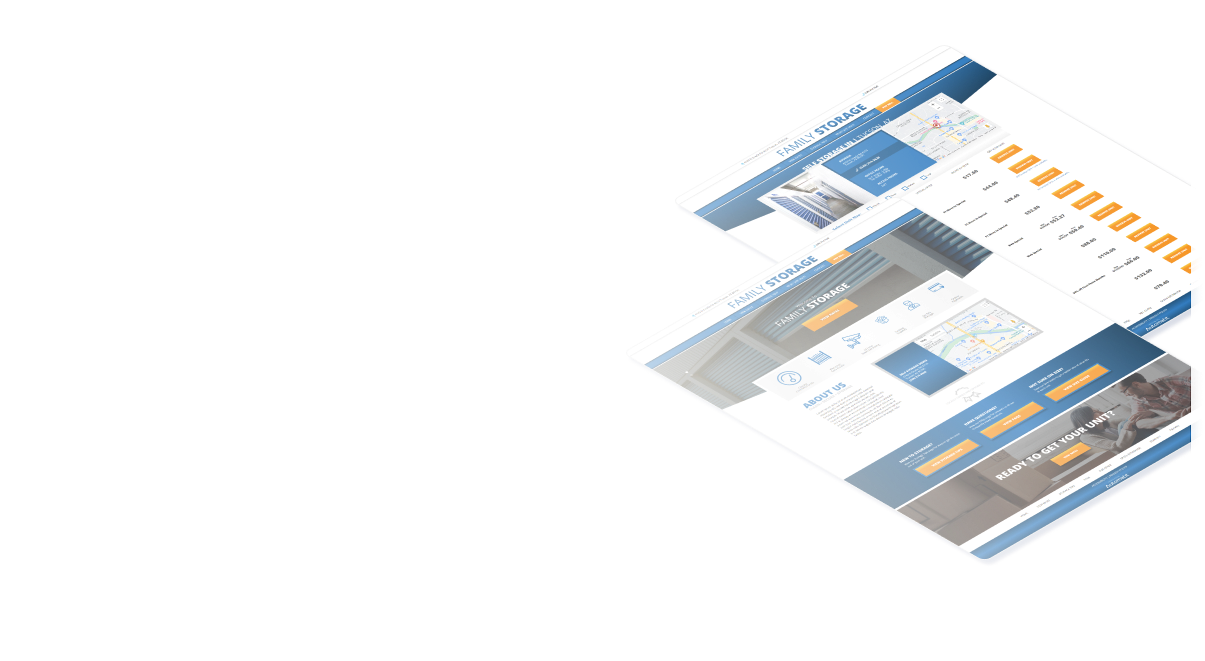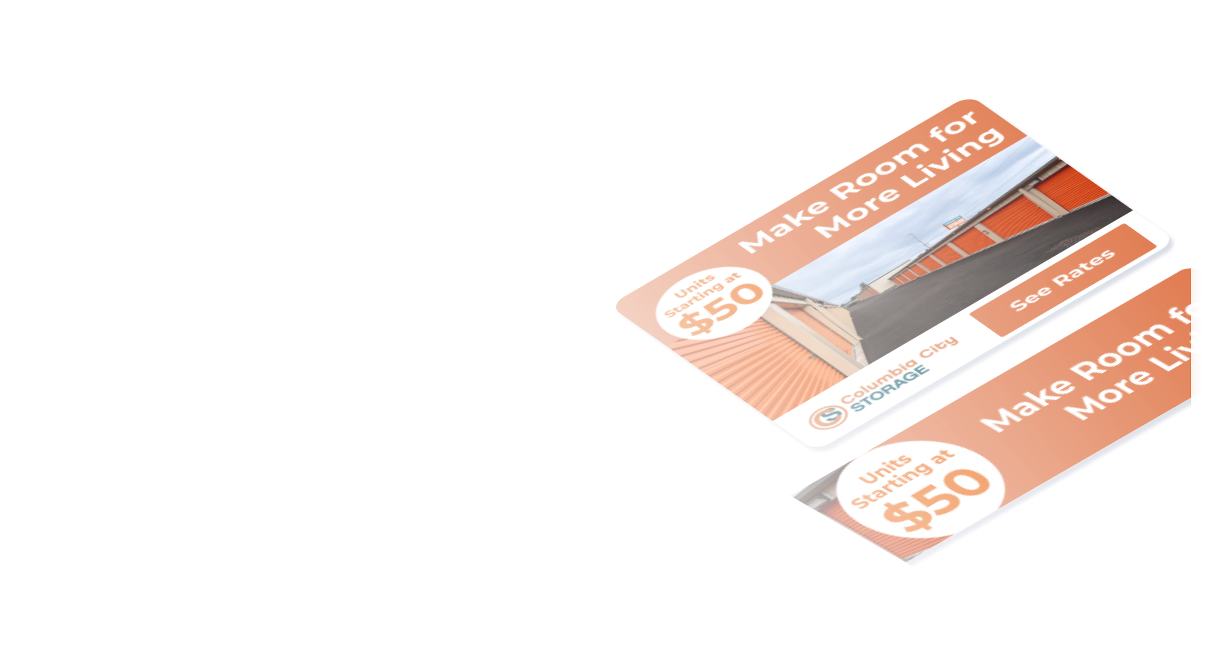By Jamie Boros
No one can tell which new technology is going to change the world until it slaps you in the face. Rewind to just a few years ago and technologies like ChatGPT and Midjourney were unimaginable. Rewind even further for a flashback of when we actually had to go in store to buy our clothes and beauty supplies. Thank you, Amazon! Even further? Remember the yellow pages that would get delivered to your driveway? Actually, we should bring those back - they make great Papier-mâché supplies! All of these advancements are thanks to new technology that have been introduced and adapted over the years. Snapback to the present day and our society has become engulfed in a generative AI frenzy. In fact it's reached such a fevered pitch that one of the largest companies in the world has moved from experiment to fully realized product in less than a year.

Google Marketing Live 2024
Google recently held their annual 2024 Google Marketing Live event. At these events, you can typically expect Google to release a few new products, a few updates to products, and some tease for future plans. It’s always interesting and important, but it’s very rarely world changing. This time was different.
Early in the presentation, presenters compared the changes to the release of the iPhone. And if the announcements made this summer live up to even half of the hype, the world of digital marketing will experience a titanic shift in the coming months. From being able to offer tenants interactive size guides and space estimators directly from your GBP, to generating a sophisticated and professional display ad, all from the comfort of your couch, Google’s new tools will revolutionize how we approach digital ad campaigns. We’ll also be able to leverage first party data more easily, reach prospective tenants closer to the bottom of the funnel, and serve them your ad right when they’re ready to rent. All of these features are available to use RIGHT NOW, and more will be coming over the course of the year.
We know not everyone has time to watch this full presentation, so we’ve done it for you. In this article we will address what changes have been released and which ones are on the way, the implications for any SMB, but especially focused on the Self-Storage and MultiFamily owner/operator. Lastly, we’ll cover what actionable steps you can take to stay in line with the ever evolving digital landscape.
What changes are already here?
Google’s tightly programmed and choreographed 90 minute event highlighted a host of new and updated product offerings. You can watch the whole thing yourself here, or jump down below the video to read our recap.
Top 8 Highlights
- Google PMax upgrade allows mass AI creative asset production
Before PMax, creating brand-authentic ads required significant manual input, often multiple tools, platforms, and time. The new PMax relieves the problem of fragmented ad creation and performance tracking, providing an efficient, streamlined process. Now anyone with an online presence can create a completely brand-authentic ad, get granular performance dataand act on it sooner. - Google rolls out immersive, AI-powered Shopping Ads
Previously limited to static images, Google shopping ads can now include a demo of the apparel being tried on by actual consumers giving a better idea of what the product will look like based on their body type. This increases their confidence in the product, which undoubtedly will lead to increased sales. - Google visual storytelling advances for YouTube, Discover, Gmail
Previously, advertisers faced challenges in creating engaging, platform-specific content because it was both time-consuming and labor-intensive. Now you can optimize your ads to fit YouTube Shorts in a vertical smartphone-friendly format, apply a sticker to user-generated content (UGC), or target your potential customers by having a still ad turn dynamic seamlessly. What used to require multiple tools now needs one, and happens in a fraction of the time. - Google Introduces AI Overviews
Google has launched AI Overviews, similar to ChatGPT, which generates concise summaries of search topics using artificial intelligence. Overviews allow for more conversational queries, and provide users with answers right on the search page. - Ads in AI overviews
This initiative allows advertisers to place their ads within AI-generated content summaries, ensuring higher relevance and engagement by aligning the ads with the context of the summarized information. This seamless integration aims to enhance user experience and improve ad performance by making ads more contextually relevant. While this one hasn’t rolled out yet, it will be very important! - Google’s first-party data unification Ads Data Manager available to all
Google's Ads Data Manager, which unifies first-party data, is now available to all advertisers. Previously, managing first-party data across multiple platforms was a significant challenge, leading to fragmented information and inefficiencies. This tool allows marketers to consolidate and manage their data more effectively, providing a comprehensive view of their audience and enhancing targeting capabilities. - Google gives merchants new brand profiles, AI branding tools
Previously, merchants had to manually create and update brand profiles, which was time-consuming and often inconsistent. These enhancements allow businesses to showcase their brand more effectively, leveraging AI to create cohesive and compelling brand narratives that resonate with their target audience, leading to enhanced brand recognition and engagement. - Google tests AI-powered ads for complex purchases
Google is testing AI-powered ads designed for complex purchases, such as real-estate or long term rentals. These ads aim to assist consumers through the decision-making process for high-consideration products, providing relevant information and recommendations tailored to individual needs. This should help shorten buying cycles for consumers and vendors.
What do these changes mean for digital marketing?
The important thing to note is that marketing fundamentals haven’t changed. The way we build creative, advertising strategies and collect data has. Planning and strategy still require a human being to build out the messaging, the decision trees, and to recognize the funnel. But now, the building of creative that used to take weeks or months is now possible to be done at a fraction of the time and cost. A full campaign no longer requires a strategist, analyst, copywriter, artist, designer, and media buyer. By leveraging AI, we can condense all those different jobs and the timelines to do them. However, AI is not human. It doesn’t understand syntax, it doesn’t know culture or sarcasm - it’s just a very sophisticated algorithm that can only work with what it’s been trained to do. Instead of solely turning to AI or avoiding AI altogether, find talent that’s able to take their art and expertise and communicate it effectively with your ad software. Marketing Professionals, you know your art and your audience best - don’t let AI tell you otherwise!
Perhaps one of the biggest doors that opened as a result of the GML announcement was the open availability of the Ads Data Manager. What once was limited to select vendors has now been released to all, making targeting clients much more specific and true to your target demographic. Every business from a single artisan selling handmade blankets all the way up to Applecan now access their first-party data across all of their platforms, whether it’s Facebook, a Website, or a mailing list, taking the guesswork out of marketing strategies. Previously, collating and analyzing first-party data was a costly and time-consuming endeavor, often requiring significant financial backing, specialized expertise, and software. Now small businesses can efficiently target their desired audience without heavy investment.
Another important addition is the newly introduced Brand Profiles, which further streamline and enhance the marketing process. Brand Profiles allow businesses to maintain a consistent brand image across multiple platforms, providing a unified and professional appearance that builds consumer trust. Additionally, they offer deeper insights into customer behavior, enabling more precise targeting and personalization of marketing efforts.
As is always the case, new innovations present new challenges. Setting up and managing Brand Profiles requires significant initial investment and technical expertise, posing potential barriers for smaller businesses. Centralizing data collection raises privacy concerns and adds layers of regulatory compliance that businesses must navigate. While the benefits of enhanced brand consistency and customer insights are substantial, the complexities and costs involved necessitate careful consideration by marketing agencies and business owners alike. Thus, as the marketing landscape evolves, balancing the adoption of new technologies with strategic planning remains crucial for success.
As exciting as the rest of this news is, we’ve saved the biggest, most important change for last. Google has upgraded PMax - shifting the landscape once again. This update allows for mass AI creative asset production, AI-powered shopping ads, and advances in visual storytelling for platforms like YouTube, Discover, and Gmail. For marketing professionals and business owners, these tools present both significant opportunities and challenges. The positives include streamlined ad creation, enhanced personalization, and the ability to produce high-quality, brand-authentic ads quickly. This can lead to better engagement and higher conversion rates as ads become more relevant and visually appealing. (blog.google) (Search Engine Land).
However, there are also potential downsides to consider. The increased reliance on AI could reduce the human touch in ad creation, potentially leading to less emotionally resonant campaigns. Additionally, the technical requirements and costs associated with leveraging these advanced tools may be prohibitive for smaller businesses. There is also a learning curve involved, as marketers need to adapt to new technologies and integrate them into their existing workflows. (blog.google) (Search Engine Land) While these advancements hold promise, it is crucial for businesses to weigh the benefits against the potential drawbacks and to stay informed about how these tools can be best utilized within their unique contexts.
What do these changes mean for Self-Storage and Multi-Family?
For the self-storage and multifamily housing industries, Google's latest releases, including the 2024 PMax upgrade, AI-powered shopping ads, and advancements in visual storytelling, are total game changers. Google teamed up with Extra Space Storage to showcase a major innovation: allowing tenants to measure and calculate unit sizes directly from an optimized ad. Prospective tenants can simply walk through their homes, snap pictures or videos of their belongings, and Google will handle the rest. This streamlined process means potential customers know exactly what they need before even hitting your website. It’s like heading to an e-commerce store knowing exactly what you’re looking for – you're way more likely to complete the purchase, right?
The PMax upgrade's ability to churn out mass AI creative production is a boon for both self-storage and multifamily housing companies. Now, you can whip up a ton of personalized ad creatives in no time, targeting different segments like students needing summer storage or families hunting for spacious apartments. AI-powered shopping ads take this a step further by dynamically showcasing the most relevant storage solutions or housing options based on user behavior and preferences, boosting engagement and conversion rates.
Visual storytelling on platforms like YouTube, Discover, and Gmail opens up exciting possibilities. Imagine a self storage company using YouTube to share customer testimonials or a multifamily property manager highlighting virtual tours and resident stories. These narratives can spread across Discover and Gmail, reaching a wider audience with visually engaging content that showcases the perks of your services and properties. This approach helps build a compelling brand story that attracts and keeps customers.
On top of that, gaining access to the Ads Data Manager is a huge win. It lets you leverage your first-party data more effectively, ensuring your targeting is spot-on. Combine this data with advanced AI tools, and you can create marketing campaigns that are super relevant and personalized. Working closely with your marketing agency, director, manager, or property management company will be key to nailing these strategies. They’ll help ensure your targeting is sharp and in sync with the latest data insights, maximizing the impact of your marketing efforts.
What challenges do these changes bring?
But, let's be real – these advancements also come with challenges. Smaller portfolio’s, especially ones who are trying to take on the world of marketing and advertising themselves, might find the initial investment in these technologies a bit daunting, and there’s a learning curve to master these tools. It’s crucial to keep the human touch in AI-generated content so it resonates emotionally with customers. Plus, while AI can make things efficient, you don’t want your ads to lose that personal touch and become less engaging.
In the end, integrating AI and advanced digital tools is set to revolutionize marketing strategies in both the self-storage and multifamily housing industries. The ability to quickly create highly personalized, engaging ads can lead to higher conversion rates and happier customers. By embracing these new technologies and strategically planning their implementation, businesses in these sectors can stay ahead of the competition and better meet the evolving needs of their customers.
What should I do right now?
To thrive in today's marketing landscape, business owners and marketing professionals must leverage the latest advancements from the GML 2024 Keynote, particularly focusing on AI and enhanced Google tools. Establishing a robust brand identity is paramount, as consumer trust heavily influences purchasing decisions, with more than 40% of Google shopping searches emphasizing brand reputation (Google, 2024). Consumers are increasingly willing to invest time in trusted brands, highlighting the need to build local brand recognition through community engagement, such as local events and supportive blog content.
Embracing AI is not just a trend but a necessity for business growth. Learning to harness AI tools can significantly enhance Google ad strategies by improving ad personalization and targeting. Integrating Google's advanced analytics and AI capabilities enables businesses to maximize the potential of first-party data, refining marketing strategies with real-time insights. For those new to AI, numerous free resources are available, including educational programs like those offered by MIT, empowering businesses to understand and effectively utilize AI technologies.
In preparing for future success, focusing on building trust around your brand is paramount amidst market saturation. Quality visuals and a sophisticated online presence are foundational—investing in professional photography and a user-friendly website with online booking capabilities are essential starting points. It's essential to embrace these advancements now to stay competitive; AI isn't about replacing jobs but enhancing efficiency and creativity in marketing endeavors. As the bar continues to rise, embracing AI and its tools ensures businesses not only keep pace but thrive in an increasingly digital and competitive marketplace.
July 10, 2024




